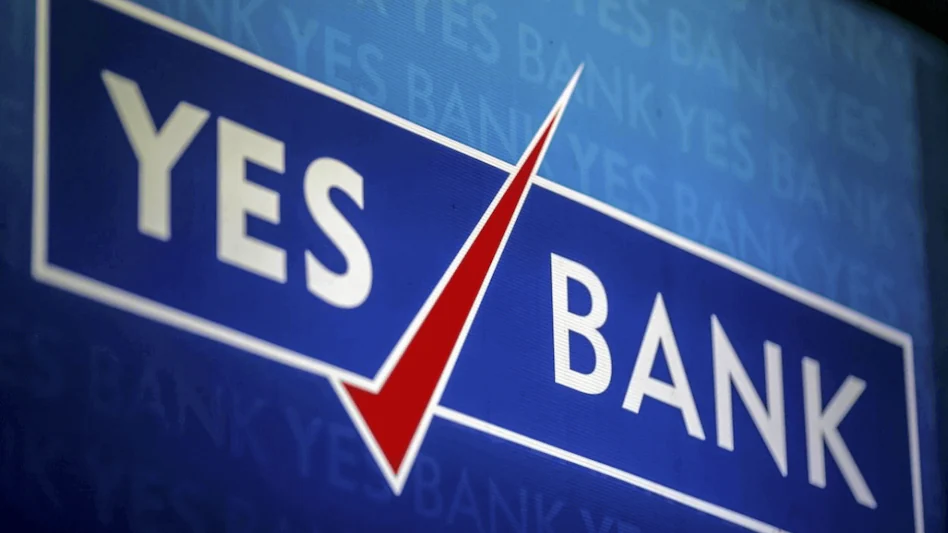YES Bank Share: Performance, Challenges, and Future Outlook
Introduction
YES Bank, established in 2004, is one of India’s well-known private sector banks. It gained prominence for its rapid growth, innovative services, and aggressive lending strategies. However, the bank has also faced serious financial and regulatory challenges in recent years, which significantly impacted its share price and investor sentiment. Understanding the journey of YES Bank’s shares offers valuable insights into how financial institutions evolve and respond to crises.

Early Growth and Stock Performance
During its early years, YES Bank quickly became a favorite among investors due to its strong quarterly results and ambitious growth plans. Its stock, listed on the Bombay Stock Exchange (BSE) and National Stock Exchange (NSE), witnessed a sharp rise from its IPO in 2005.
From 2010 to 2018, YES Bank shares delivered multi-fold returns, often seen trading above ₹350 per share. The bank’s high returns, professional management, and focus on corporate lending drew both retail and institutional investors.
Crisis and Share Price Collapse (2018–2020)
The turning point came in 2018 when concerns over bad loans, lack of transparency in accounting practices, and asset quality began surfacing. Founder and former CEO Rana Kapoor stepped down under pressure from the Reserve Bank of India (RBI).
By 2019, YES Bank’s financial health deteriorated due to excessive exposure to risky borrowers and mounting non-performing assets (NPAs). The bank’s share price plummeted dramatically—from ₹400 levels in 2018 to below ₹20 by early 2020.
In March 2020, the RBI intervened, imposing a moratorium and initiating a rescue plan with support from State Bank of India (SBI) and other financial institutions. This move stabilized the bank but did not immediately restore investor confidence.
Recovery Measures and Present Scenario
Post-2020, YES Bank underwent significant restructuring:
- Infusion of capital by SBI and other banks.
- Management overhaul and governance reforms.
- Focus on retail lending and digital transformation.
As of 2024, YES Bank shares have stabilized but remain far below their historic highs, usually trading in the ₹15–₹25 range. The bank has returned to profitability but faces stiff competition and investor caution due to its past record.
Future Outlook
The future of YES Bank’s share largely depends on:

- Consistent financial performance and profitability.
- Reduction in NPAs and strong risk management.
- Investor trust and institutional support.
- Favorable economic and interest rate conditions.
Many analysts view YES Bank as a potential long-term turnaround story, but advise caution for short-term traders. For long-term investors, careful evaluation of the bank’s quarterly results and management actions remains crucial.
Conclusion
YES Bank’s journey from a high-growth private bank to a near-collapse and gradual recovery is a classic example of how aggressive growth without adequate risk control can be dangerous in the banking sector. The share price reflects not just the bank’s financials, but also the market’s trust in its leadership and stability. While recent reforms have brought some stability, YES Bank still has a long road to full recovery. Investors should approach with caution, doing thorough research and maintaining realistic expectations about future gains.